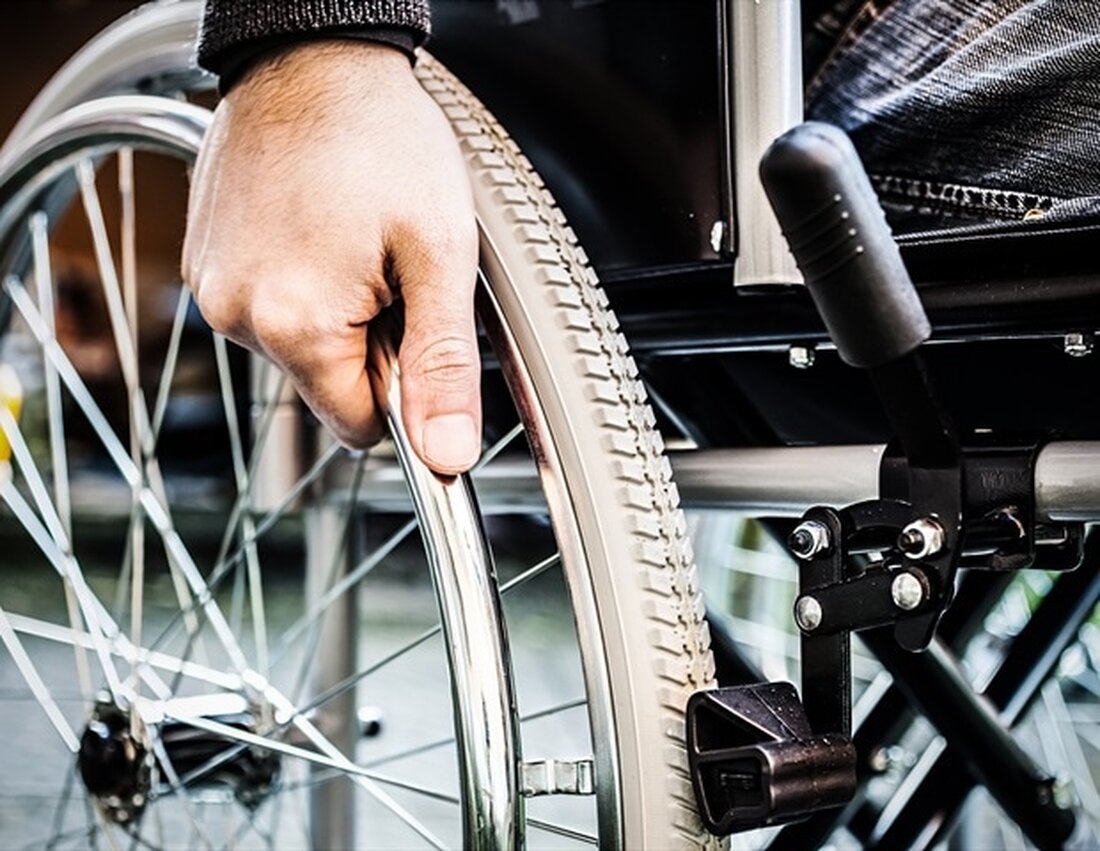Training can help quadriplegic users operate mind-controlled wheelchairs in natural, cluttered spaces
A mind-controlled wheelchair can help a paralyzed person gain new mobility by translating the user's thoughts into mechanical commands. On November 18, researchers show in the journal iScience that after prolonged training, quadriplegic users can operate mind-controlled wheelchairs in a natural, cluttered environment. We show that mutual learning of both the user and the brain-machine interface algorithm are important for users to successfully operate such wheelchairs. Our research highlights a potential avenue for improved clinical implementation of non-invasive brain-machine interface technology.” José del R. Millán, corresponding author of the study, The University of Texas at Austin Millán and...

Training can help quadriplegic users operate mind-controlled wheelchairs in natural, cluttered spaces
A mind-controlled wheelchair can help a paralyzed person gain new mobility by translating the user's thoughts into mechanical commands. On November 18, researchers show in the journal iScience that after prolonged training, quadriplegic users can operate mind-controlled wheelchairs in a natural, cluttered environment.
We show that mutual learning of both the user and the brain-machine interface algorithm are important for users to successfully operate such wheelchairs. Our research highlights a potential avenue for improved clinical implementation of non-invasive brain-machine interface technology.”
José del R. Millán, corresponding author of the study, The University of Texas at Austin
Millán and his colleagues recruited three quadriplegics for the longitudinal study. Each of the participants completed training sessions three times a week for 2 to 5 months. The participants wore a skullcap that recorded their brain activity through electroencephalography (EEG), which was converted into mechanical commands for the wheelchairs via a brain-machine interface device. Participants were asked to control the direction of the wheelchair by thinking about the movement of their body parts. Specifically, they had to remember to move both hands to turn left and both feet to turn right.
In the first training session, three participants had similar levels of accuracy - when the device's responses matched the users' thoughts - ranging from about 43% to 55%. Over the course of the training, the Brain Machine Interface Device team noticed a significant improvement in accuracy for Participant 1, who achieved over 95% accuracy at the end of his training. The team also observed an increase in Participant 3's accuracy to 98% halfway through his training, before the team updated his device with a new algorithm.
The improvement observed in participants 1 and 3 correlates with an improvement in feature discrimination, i.e. h. the ability of the algorithm to distinguish the brain activity pattern encoded for “go left” thoughts from that for “go right” thoughts. The team found that the better feature discrimination was not only a result of the device's machine learning, but also of learning in the participants' brains. Participants 1 and 3's EEG showed significant shifts in brain wave patterns as they improved the device's mind control accuracy.
"We see from the EEG results that the subject has consolidated the ability to modulate different parts of their brain to produce one pattern for 'go left' and another pattern for 'go right,'" says Millán. "We believe that there is a cortical reorganization that occurred as a result of the participants' learning process."
Compared to Participants 1 and 3, Participant 2 had no significant changes in brain activity patterns throughout the training. His accuracy increased only slightly in the first few sessions, but remained stable for the remainder of the training period. It suggests that machine learning alone is not enough to successfully maneuver such a mind-controlled device, says Millán
At the end of the training, all participants were asked to drive their wheelchairs through a crowded hospital room. They had to work around obstacles such as a room divider and hospital beds, which are set up to simulate the real environment. Both participants 1 and 3 completed the task, while participant 2 did not complete it.
“It seems that in order for someone to acquire good brain-machine interface control, which allows them to carry out relatively complex daily activities such as driving a wheelchair in a natural environment, it requires a neuroplastic reorganization in our cortex,” says Millán.
The study also highlighted the role of long-term user training. Although Participant 1 performed excellently in the end, he also struggled in the first few training sessions, says Millán. The longitudinal study is one of the first to evaluate the clinical implementation of non-invasive brain-machine interface technology in quadriplegic patients.
Next, the team wants to find out why Participant 2 did not experience the learning effect. They hope to conduct a more detailed analysis of each participant's brain signals to understand their differences and possible interventions for people who struggle with the learning process in the future.
This work was supported in part by the Italian Ministry of Education and the Institute of Information Technology of the University of Padua.
Source:
Reference:
Tonin, L., et al. (2022) Learning to Control a BMI-Controlled Wheelchair for People With Severe Tetraplegia. iScience. doi.org/10.1016/j.isci.2022.105418.
.

 Suche
Suche
 Mein Konto
Mein Konto
